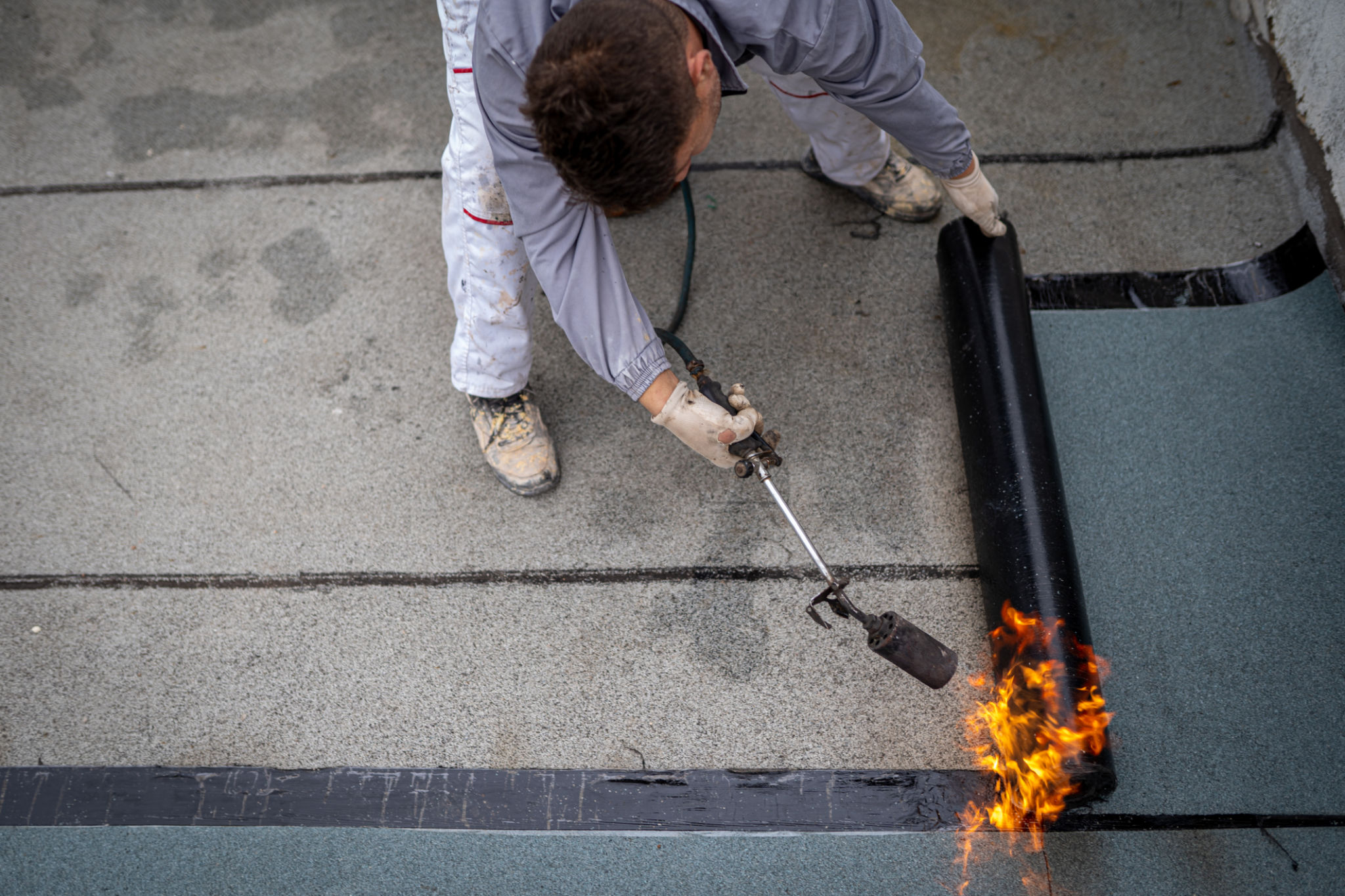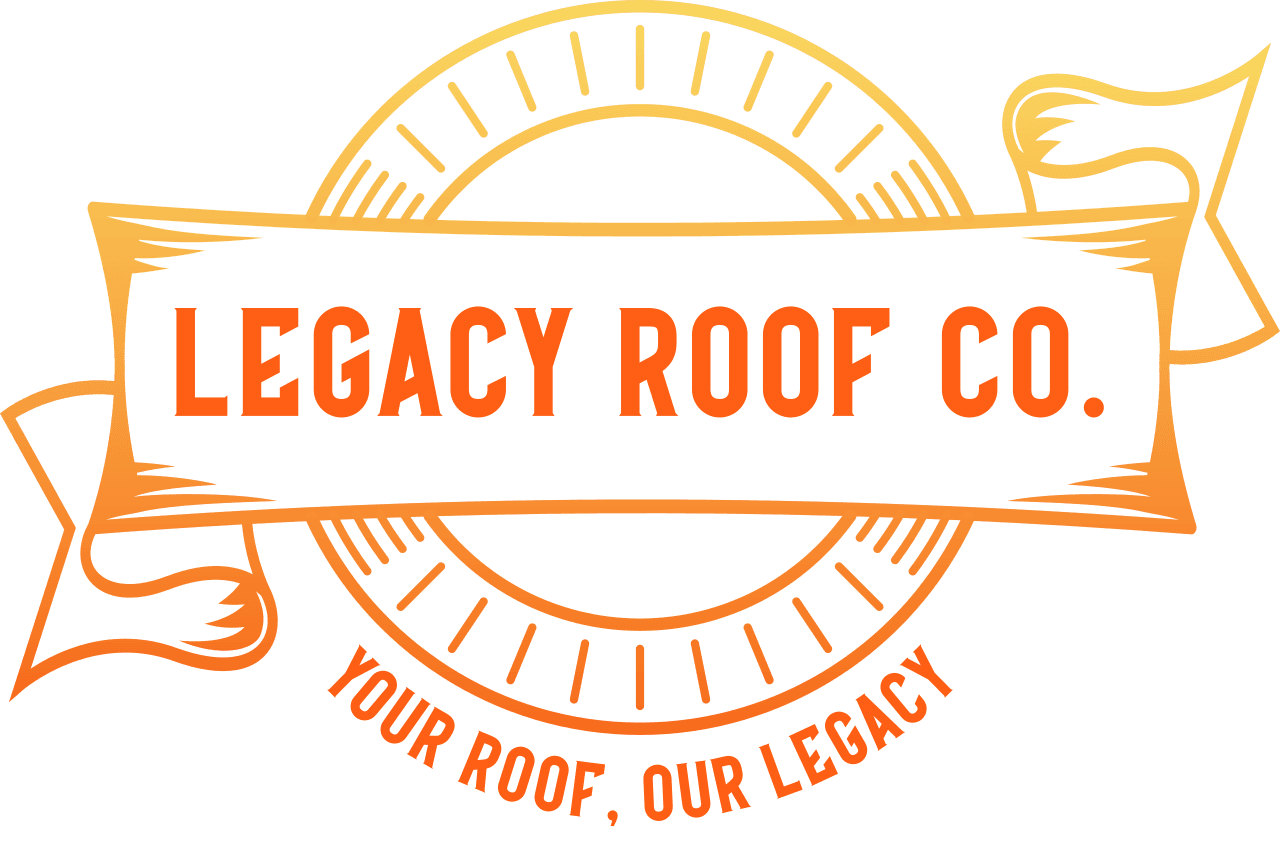Flat Roofing Systems: A Comprehensive Guide for Minnesota Businesses
Understanding Flat Roofing Systems
Flat roofing systems have become increasingly popular among Minnesota businesses due to their practical design and cost-effectiveness. Unlike sloped roofs, flat roofs offer a sleek aesthetic and maximize usable space. However, selecting the right flat roofing system requires careful consideration of various factors, including climate, material, and maintenance requirements.

Types of Flat Roofing Materials
Several materials are commonly used for flat roofing systems, each offering distinct advantages and drawbacks. Here are some popular options:
- Modified Bitumen: This material is durable and resistant to extreme weather conditions, making it ideal for Minnesota's climate.
- EPDM Rubber: Known for its longevity and ease of installation, EPDM is a cost-effective option for many businesses.
- TPO: Thermoplastic Olefin (TPO) is lightweight and energy-efficient, reflecting sunlight to reduce cooling costs.
Choosing the right material will depend on your specific needs and budget. Consulting with a roofing professional can help determine the best fit for your business.
Benefits of Flat Roofs for Businesses
Flat roofs offer several advantages that make them an attractive option for commercial properties. One of the primary benefits is the additional space they provide. Businesses can utilize flat roofs for HVAC systems, solar panels, or even rooftop gardens. This added functionality can enhance overall property value.

Additionally, flat roofs are generally easier to inspect and maintain compared to their sloped counterparts. Regular maintenance ensures longevity and performance, saving businesses money in the long term.
Challenges of Flat Roofing Systems
While flat roofing systems have many benefits, they also present certain challenges. Water drainage is a common concern, as flat roofs are prone to pooling water if not properly designed. Ensuring adequate drainage systems are in place is crucial to preventing leaks and structural damage.
Moreover, flat roofs may require more frequent inspections to identify potential issues early. Regular maintenance is essential to avoid costly repairs and extend the life of the roofing system.

Climate Considerations for Minnesota Businesses
Minnesota's harsh winters and humid summers pose unique challenges for flat roofing systems. Extreme temperature fluctuations can affect roofing materials, leading to expansion and contraction that may cause wear over time. Therefore, selecting materials that can withstand these conditions is vital.
Business owners should also consider insulating their flat roofs to improve energy efficiency and reduce heating costs during cold months. Proper insulation can make a significant difference in maintaining a comfortable indoor environment.
Choosing the Right Roofing Contractor
Selecting a reputable roofing contractor is critical for the successful installation and maintenance of a flat roofing system. Look for contractors with experience in commercial projects and a proven track record in Minnesota's climate.
- Verify their licensing and insurance.
- Request references from previous clients.
- Ensure they provide comprehensive warranties on their work.
A skilled contractor will help ensure your flat roof meets your business's needs while adhering to local building codes and regulations.

Conclusion
Flat roofing systems offer numerous benefits for Minnesota businesses, including additional space and easier maintenance. However, understanding the various materials, potential challenges, and climate considerations is essential for making an informed decision. By selecting the right materials and working with experienced contractors, businesses can ensure a durable and efficient roofing solution that meets their specific requirements.
